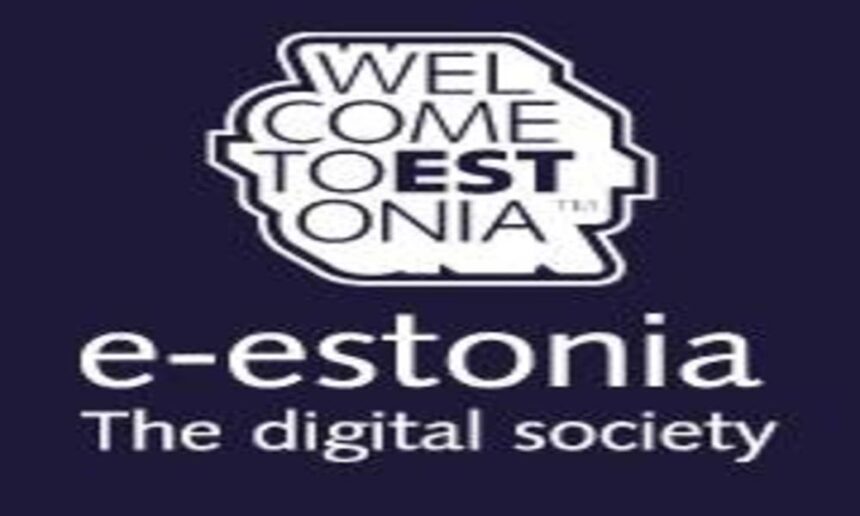Estonia has finally reached its goal, set 20 years ago, to become the Baltic Tiger. Estonia’s population is 1.5 million, half of Mongolia, and its territory is 45,300 hectares, close to that of Bayan Ulgii Province. But Estonia’s GDP per capita was $26,000 USD, which is ten times higher than when the state split from the Soviet Union in 1991.
Former Prime Minister Mart Laar started an open economic policy in 1992, privatized state property, and enforced smart monetary and taxation policies. The country’s politicians gradually realized the need to improve communicating technology to increase productivity of its small population. Their government eliminated bureaucracy and decreased human involvement their services, and even started to conduct electronic meetings instead of using paper.
Almost 20 years have passed since Estonian government ministries and agencies started electronic services that aren’t confined to work hours or location.
Estonians’ ID cards are the safest and most secure in the world, and allow individuals to access many databases. The country was the first to conduct online elections in all levels government in 2005. Since then, they have never reverted.Estonian bank transactions are conducted online 99 percent of the time, 95 percent of taxes are filed online, and 98 percent of medical prescriptions are made online. The country has even started granting citizenship electronically. Entrepreneurs can register their company in 20 minutes, access and change information about their assets and legal information, and connect information about their products and services to their state servers.
Wi-Fi services have reached rural areas of Estonia, and its capital, Tallinn, ranks among the top ten in the world in terms of wireless internet services. All of its state organizations and schools, and 80 percent of the general population have cable connections. Four out of five people in Estonia have access to a computer at home, and 3G and 4G services have spread throughout the country.
E-society and infrastructure
Estonians have started referring to themselves as an electronic country, or e-Estonia. State and private sector services have all transferred to an electronic format, and almost everyone speaks English. An e-Police service protects the livelihoods, safety and property of the citizens. For instance, traffic police can search car registration, technical assessment, all types of insurance data, and the validity of the vehicle driving in front of them in just a matter of seconds. A police officer could stop you just to remind that you have few days left until your permit expires.
Parents can monitor that their child has arrived at school, how well they are doing their homework and what grades they are getting, all via text messages. An individual spends seven minutes on average to pay their income tax. All medical data of patients can be accessed by doctors, and the information is not the property of hospitals, but of the patient’s. All prescribed medication can be purchased at pharmacies by scanning their electronic ID cards. The amount of money in your retirement or health insurance can be checked any time. People use their cell phones to pay for, and find, parking spaces. Estonians believe that their personal information is more secure in the hands of businesses, as they are able to check which business has accessed their information, when, where and how many times.
School and kindergarten curriculums have been developed and tailored for their region by teachers, and special applications for testing and evaluating have been developed. Estonian children are taught programming from second grade, and little by little, they are being taught how mobile phones, tablets, computers and their affiliated programs work.
All electronic servers have a connected and open platform, rather than a centralized one. Individuals and organizations access all servers available to them through X-Road.
Since the Estonian government launched e-services, its staff and operation costs have dropped considerably and corruption has been eradicated. A law that verified electronic signature has rendered all accounts and services transparent. By using a secure and safe electronic signature, Estonia was able to cut costs equal to two percent of its GDP, which is the same as its defense budget.
On the path to e-Mongolia
Mongolia has been talking about e-government since the latter part of last century. Dozens of heads of state have traveled to many countries, including Estonia, to learn from their experience. But our e-governance is nothing more than a hit and miss of information sites, cause by a state that has a lower than average education level that considers its interests above the public’s and where political parties have become mafias.
More than 100,000 Mongolian businesses file their social insurance report electronically. They have to file a physical document to their district social insurance inspector within the first five days of the month. The document needs to have the signature of the inspector to be verified. On the following day, companies have to report payment on the social insurance books of all of their staff. If a company has more than several hundred staff, they will need to line up at the accountant’s desk for three to four hours to have their social insurance books signed. When lunch time hits, they will be escorted to the corridor to wait for an additional hour.
Due to all of this manual work, an incident was discovered recently in which state officials were found to have been defrauding money from the pensions of more than 500 people. When a person dies, the law states that pension for the month after their death has to be issued. The defrauders not only transferred 1.5 billion MNT through 1,000 transactions, but even took out pension loans and had been paying it from their account.Commercial banks gave loans equal to 750 million MNT through the accounts of dead people, according to Unuudur newspaper on October 9.
What is the real interest of ministers and deputies who claim to have brought e-governance to the country, if they are allowing an environment to exist where such blunder can occur?
In Estonia, health and social insurance are paid electronically by each business. The authorized organization and individuals can check their reports and account balances using their electronic signature.
The fact that Estonia’s neighbor Finland has adopted the system, indicates the universal acceptance and embrace of electronic infrastructure and productivity. Nobody can foretell the future, but it can be planned with precise calculations. Estonia is a place where the future begins today.
2015.10.21












